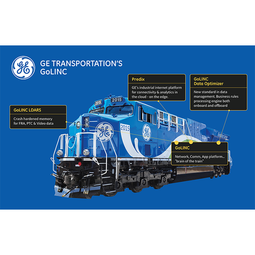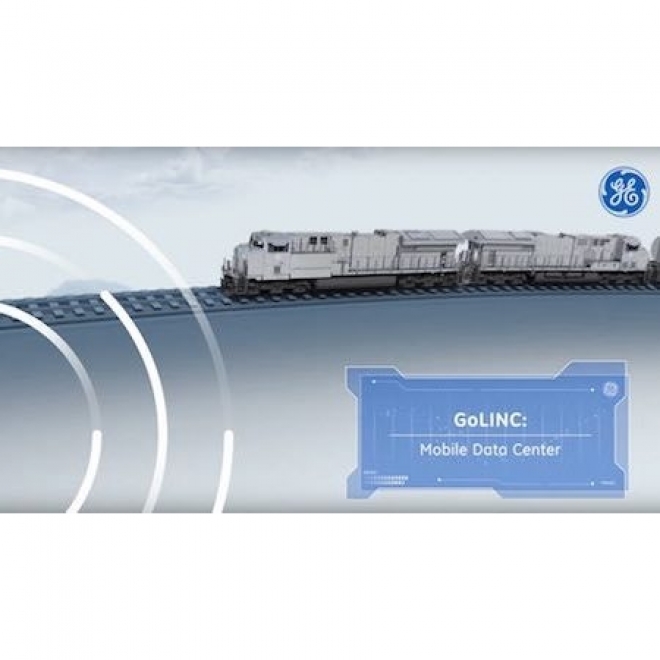SEARCH RESULTS FOR
'train'
'train'
Case Studies
3
 |
A Smarter Brain for Your Train…
Have you ever felt overloaded by too much sensory input? The results can be problematic, even risky if you’re driving at the time. The same holds true for trains, ships, oil rigs, and many other industrial assets. The data processing challenges on these complex machines are growing rapidly as the number of sensors increases; yet so are the opportunities to transform operations by using all the available data effectively. A modern locomotive, for example, has as many as 200 sensors generating more than a billion data points per second. |
 |
Connected Transportation: A Smarter Brain for Your Train with Intel
A modern locomotive, for example, has as many as 200 sensors generating more than a billion data points per second. Vibration sensors surround critical components, video cameras scan the track and cab, while other sensors monitor RPM, power, temperature, the fuel mix, exhaust characteristics, and more.Most of today’s locomotives lack sufficient on-board processing power to make full use of all this data. To make matters worse, the data from different subsystems, such as the brakes, fuel system, and engine, remain separate, stored in isolated “boxes” that prevent unified analysis. The data is available, but the technology needed to process it in the most effective manner is not. As new sensors are added to the machine, the problem escalates. |
|
Seneca's Strategic Partnership with Avid to Train Future Media Professionals
Seneca, a leading institution for students planning a career in the media industry, faced the challenge of equipping its students with the necessary skills to succeed in the highly competitive media industry. The institution had been using Avid Media Composer nonlinear editing systems and Pro Tools digital audio workstations for a decade, but it wanted to provide students with broader access to Avid technology, beyond the classroom. Additionally, keeping technology up-to-date in the rapidly changing media industry was a constant challenge. Seneca's existing media production infrastructure was over five years old, and the legacy technology did not enable students to develop the requisite skills to compete in the industry. It was also expensive to maintain and support. Seneca faced the challenge of dealing with a series of silos, including classrooms, editing suites, television studios, and centralized storage, each with unique limitations and at different stages of maturity in its upgrade path. |




